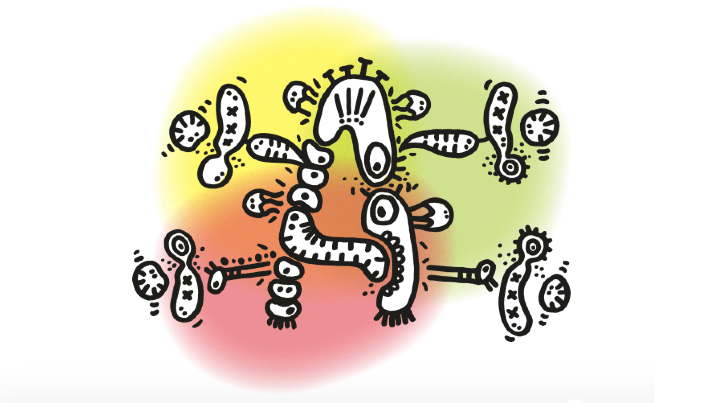Take the next step in your design career
Time for a promotion? Here's Maria Giudice’s pro toolkit for the next generation of creative leaders
You've heard of the creative director – but what's a DEO? That was the question enticing the audience into the first talk of TYPO Berlin 2016, Germany's world-class conference on all things design and typography, themed this year: beyond type.
It stands – since you ask – for 'design executive officer', and according to Autodesk's vice president of user experience Maria Giudice, refers to somebody who is a creative business leader.
(Here's the longer version: "A person who possesses the hybrid skills of a strategic business executive and a creative, problem-solving designer; someone who is a catalyst for transformation and the agent of cultural change.")

She's a DEO herself. Currently responsible for unifying user experience across Autodesk's vast portfolio of products, Giudice came to the company from Facebook, which acquired her experience design company Hot Studio in 2012.
She's come a long way since going freelance as a young designer – and has learned a lot about running creative teams along the way.
So what does being a DEO mean? Risk-taking is an essential component of the job. Luckily it's good for you, she claimed: "When we're asked to do something uncomfortable, the rational part of our brain gets pushed aside and the intuitive part takes over," she told the audience at TYPO 2016. "Risk causes the mind to stretch its muscles."

But being a good DEO - as with any management position – is all about the people: "The success in all business lies in people and how we make powerful meaningful connections with each other. When people are treated as an equal, that's when amazing things happen," she said. "Focus on being present and look people in their eyes and listen to them."
Daily design news, reviews, how-tos and more, as picked by the editors.
Giudice had plenty of advice for junior and middleweight creatives looking to take the next step up the career ladder. If that's you, read on for her five top tips for becoming a DEO…
01. Change your mindset about design and designers

Attitudes towards design need to change from it being thought of as an expense on a spreadsheet to an investment in the future, said Giudice. "Design isn't about things. It's not a noun. It's an active verb – and means change. Today's leaders must be designers of change."
Everyone is born creative, she added. "In this context we are all designers." The best solutions come from multidisciplinary teams, so treat your peers and workers as co-creators: "Diverse teams can share the same end goals. More brains produce more ideas and better solutions."
02. Value 'we', not 'me'
"We live in the culture of 'we' – where nothing can be created without collaboration, co-operation and teamwork. This means celebrating diversity," Giudice pointed out, citing studies that show that diverse teams are more innovative than those that aren't diverse.
03. Put people first
"A ritually human-centric organisation puts people first, because a happy company translates to happy customers," she continued. As a manager, she said, this involves being positive at work and getting your hands dirty – with your team.
"Don't lose sight of the craft," she warned. "The closer you stay to the craft, the more respected and relevant you will be to those around you. Take classes. Be a lifelong learner. Attend conferences. Learn with your co-workers. Stay curious."
04. Champion creative culture and have fun

The key is to make work fun, she said, quoting figures showing that the average US citizen spends 90,000 hours at work – "so you better enjoy coming in every day."
She continues: "Creating the right culture is key to success. Create an environment that encourages and rewards creativity in others." It needs to be from the bottom-up, she added, and could become messy – but that's ok: "A cluttered workspace can enhance problem-solving skills and increase efficiency. Good ideas are messy."
Also, share a meal together. "Lunch is a natural pause in the day and a great time to talk," she said, adding that breaks every 90 mins make people more efficient.
05. Iterate and evolve
For success, it's essential to be open to change. "To build an innovate culture you have to keep a company in a constant state of iteration. Fail repeatedly until you find something that sticks. Don't take failure personally. Resilience is a prerequisite for true leadership."
"Vision without action is hallucination," she added. "Have the courage to take smart risks every day and get shot down."
Typo Berlin 2016 runs from 12-14 May. This year's theme is 'beyond design' and we're reporting from the event throughout the three days.

Julia is editor-in-chief, retail at Future Ltd, where she works in e-commerce across a number of consumer lifestyle brands. A former editor of design website Creative Bloq, she’s also worked on a variety of print titles, and was part of the team that launched consumer tech website TechRadar. She's been writing about art, design and technology for over 15 years.
